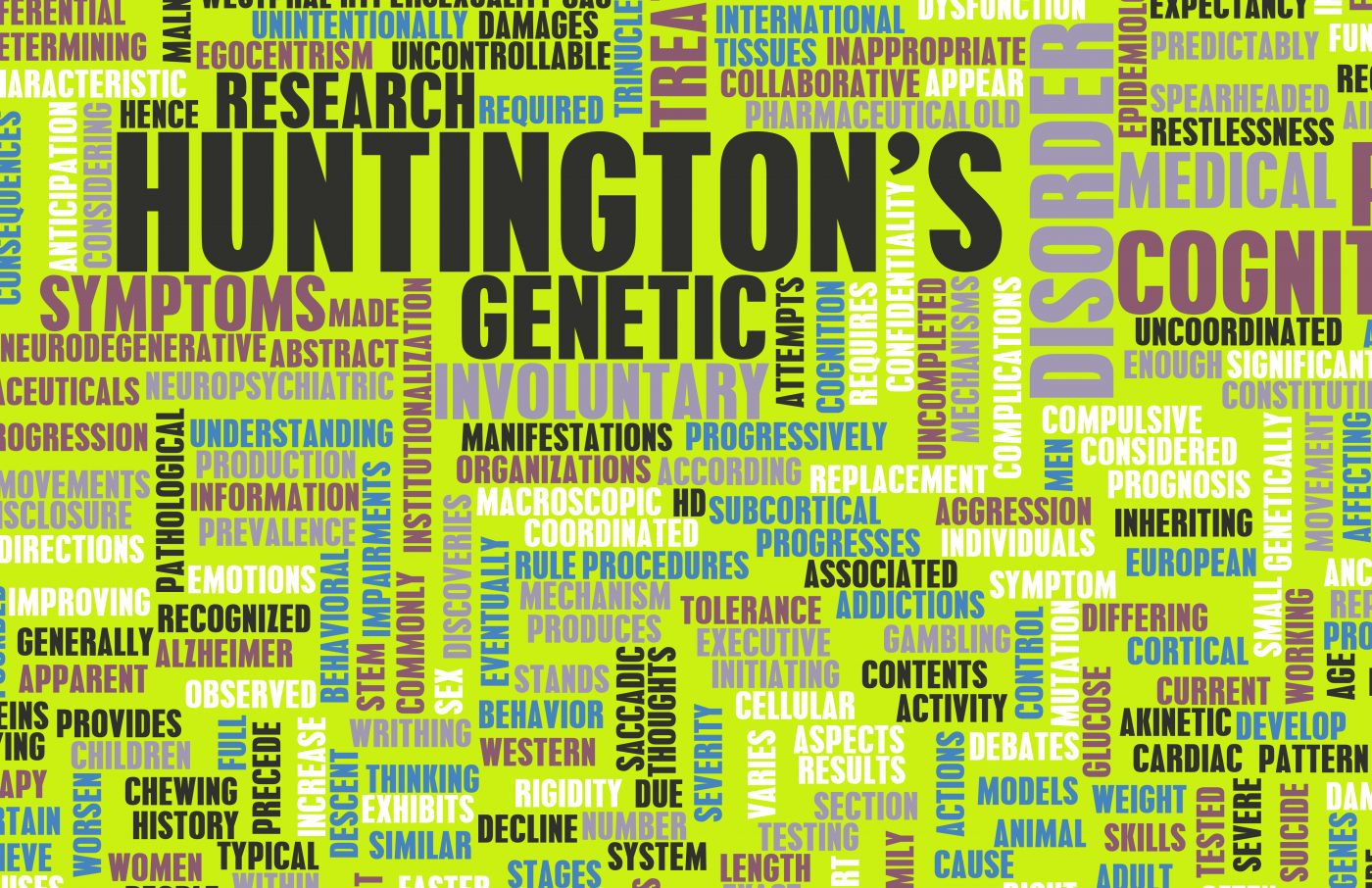Obsessive-compulsive, Perseverative Behaviors Prevalent, Particularly as Disease Progresses, Study Shows
Written by |

Obsessive-compulsive and perseverative behaviors occur frequently among people with Huntington’s disease, particularly as the disorder progresses, a review analysis shows.
Researchers say differentiating between these two behaviors — which many family members find highly problematic to handle — may be beneficial for managing and treating symptoms, and supporting caregivers.
The study, “Obsessive-Compulsive and Perseverative Behaviors in Huntington’s Disease,” was published in the Journal of Huntington’s Disease.
Obsessive-compulsive behaviors (OCBs) are defined by recurrent intrusive thoughts, or obsessions, that are dealt with via repetitive behaviors, or compulsions. Perseverative behaviors (PBs) are uncontrolled repetitions or continuations of some response — a movement, a word, a thought, etc. — that continues after whatever prompted the response is no longer relevant.
These two types of behaviors often overlap, particularly in how they present in an individual. As such, they are sometimes not differentiated at all, even within scientific literature.
It’s also important to note that, while these behaviors — particularly OCBs — are typically present in people with obsessive-compulsive disorder (OCD), the behaviors aren’t synonymous with OCD, the researchers said. In OCD, there are additional criteria that need to be met to warrant a formal diagnosis. For example, the intrusive thoughts or behaviors need to be time-consuming and cannot be the result of a medication or other psychiatric disorder.
Both obsessive-compulsive behaviors and perseverative behaviors are reported to be more common among people with Huntington’s than in the general population. In this review, the authors intended to “give an overview of the literature on the prevalence and course of OCBs and PBs” among people who carry the gene defect that causes Huntington’s. That defect is an expansion in the HTT gene that repeats a small stretch of DNA multiple times in a row.
To this end, the researchers conducted a review of the available literature on OCBs and PBs among Huntington’s gene expansion carriers. They identified 16 scientific articles on these behaviors among this population: five case series and 11 research articles.
In analyzing this data, a few findings were noteworthy. First, the authors confirmed that the prevalence of these behaviors was high in Huntington’s gene expansion carriers. The rate of obsessive-compulsive behaviors ranged from 5% to 52%, while that of perseverative behaviors was as high as 75%. For context, the rate of OCBs among the general population, excluding people with diagnosed OCD, is around 5.5%.
Even among carriers who had not yet manifested signs and symptoms of Huntington’s, rates of OCBs were higher than among controls negative for the mutation. The authors did not find any studies of PBs in pre-manifest Huntington’s patients, so no conclusions could be drawn for those behaviors.
Furthermore, the prevalence of both obsessive-compulsive and perseverative behaviors increased along with disease stage. The analysis showed, for example, that they were more common in pre-manifest carriers who were predicted to be closer to the onset of motor symptoms. This relationship held true except in the most advanced stages of Huntington’s, at which point the prevalence of these behaviors tapered off.
The researchers also noted that there currently are no established guidelines for how best to treat OCBs and PBs in people with Huntington’s. Generally, first-line treatment includes medications like selective serotonin reuptake inhibitors (SSRIs), and cognitive behavioral therapy. There have been concerns that therapy, in particular, may not be especially effective for Huntington’s patients — particularly those with some kind of cognitive impairment. However, the researchers pointed out that this hasn’t been rigorously studied, so at present, such concerns are largely just educated guesses.
Better understanding on how to manage these behavioral symptoms may have benefits beyond just helping people with Huntington’s, the investigators said.
“Spouses and caregivers often find these symptoms to be highly problematic, and the presence of PBs in early HD [Huntington’s disease] patients is associated with reduced quality of life in their partners,” the researchers said.
Thus, the team proposes that, in addition to needing better understanding of how these behaviors manifest and can be treated, getting families and caregivers education and support is critical.
Several limitations of this review were noted, including the small sample size of many included studies. The researchers also noted the difficulty, in some of the studies, in precisely distinguishing between carriers who were pre- and post-manifesting other symptoms. Additionally, different studies used different methods to measure OCBs and PBs, and not all of the assessment methods have been rigorously validated.





